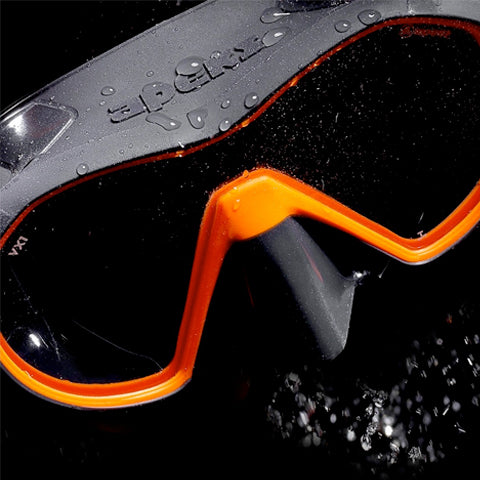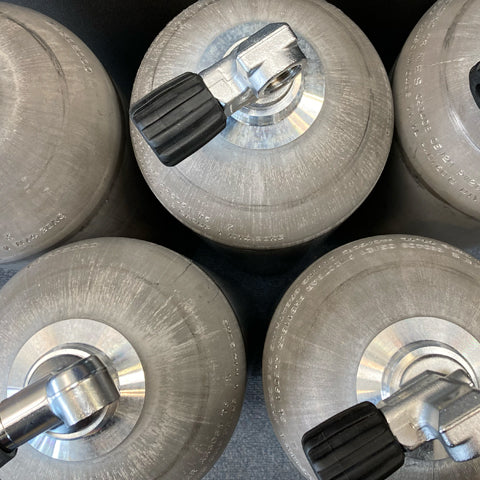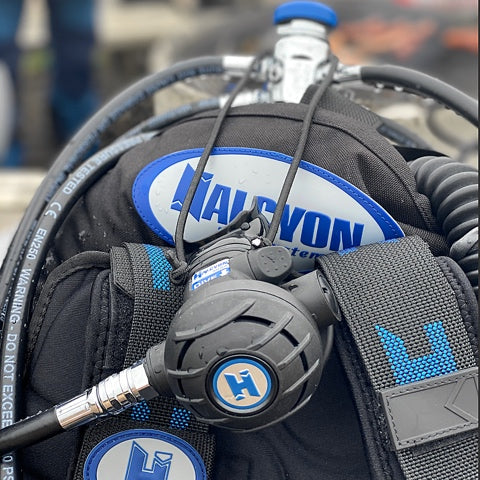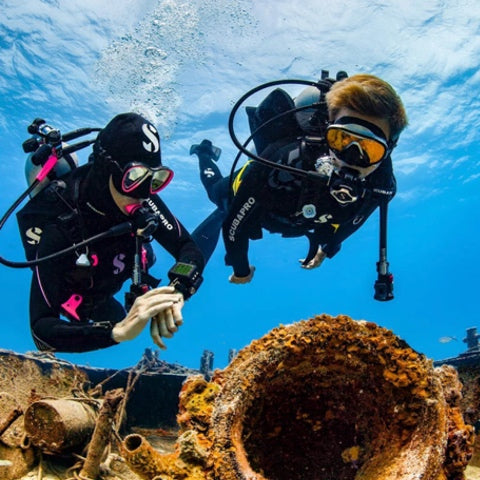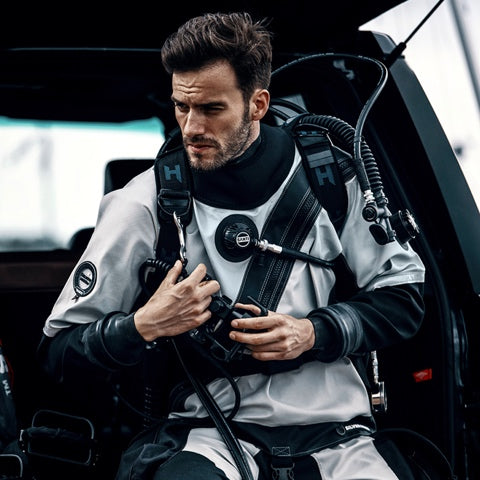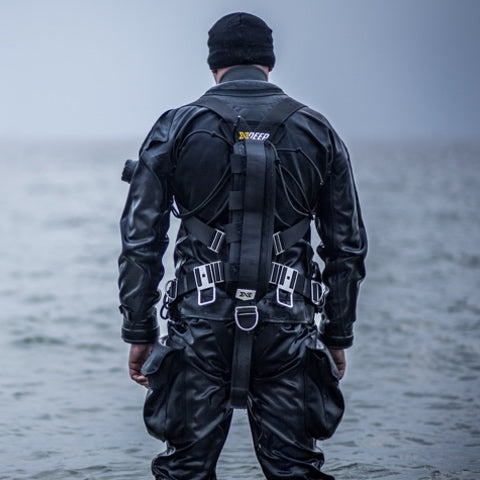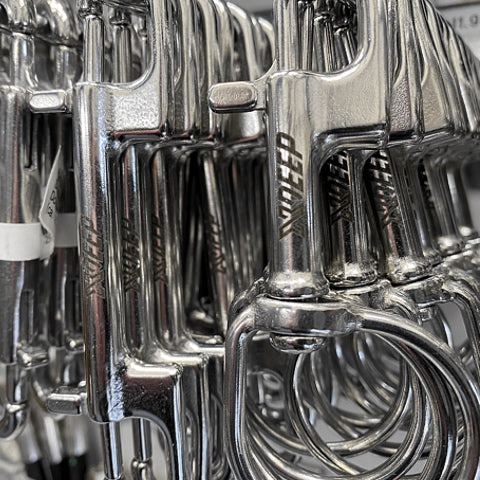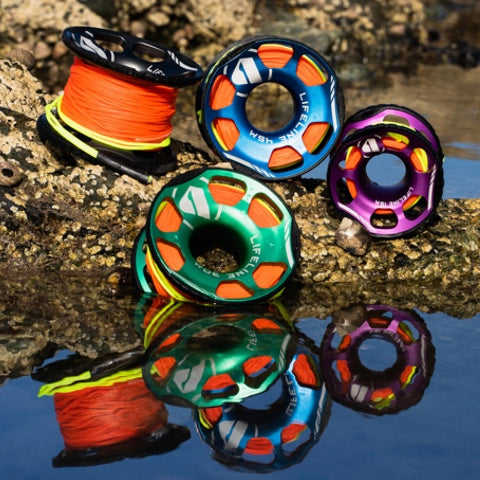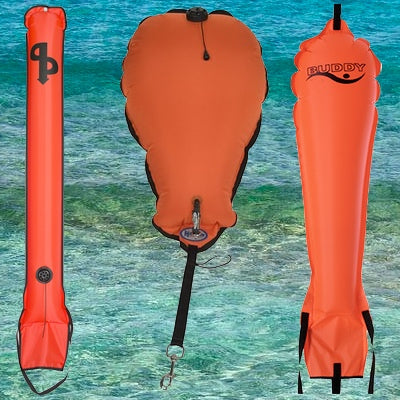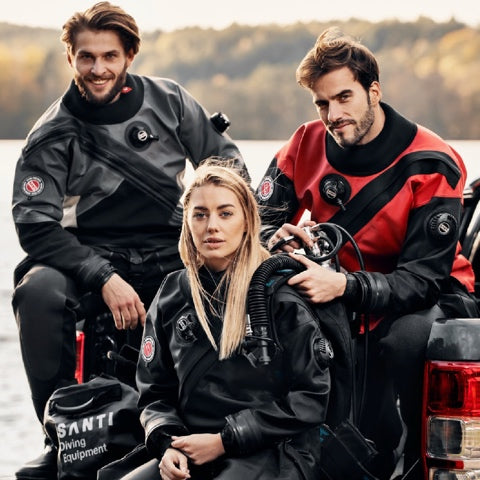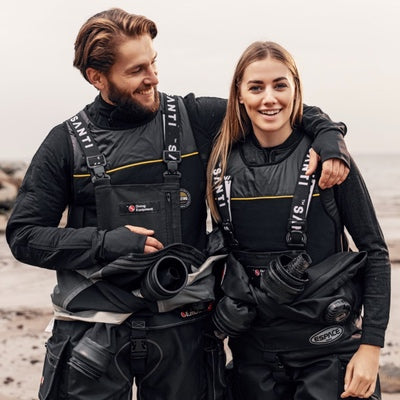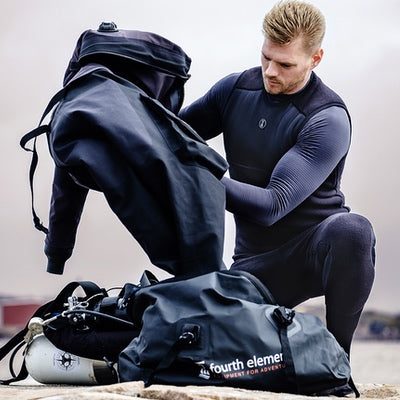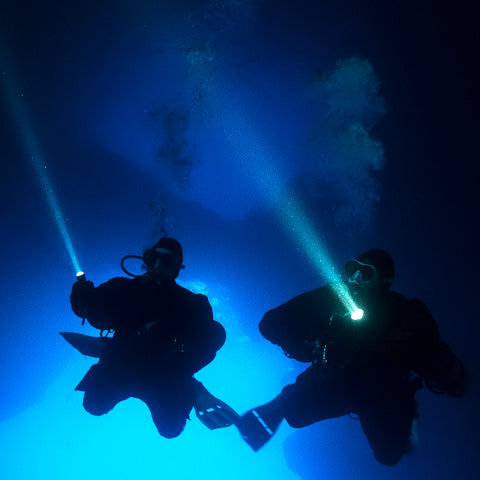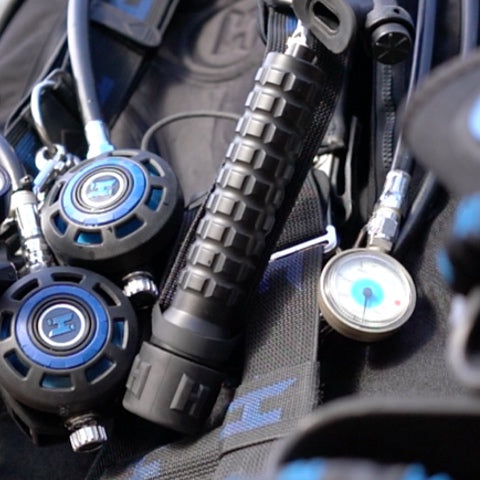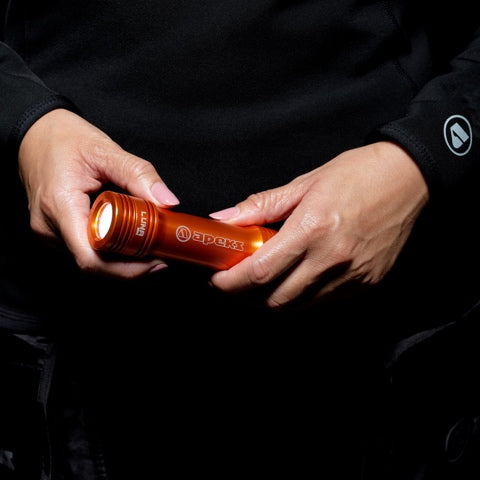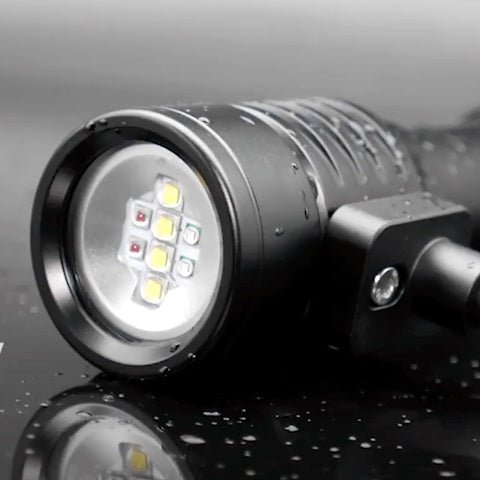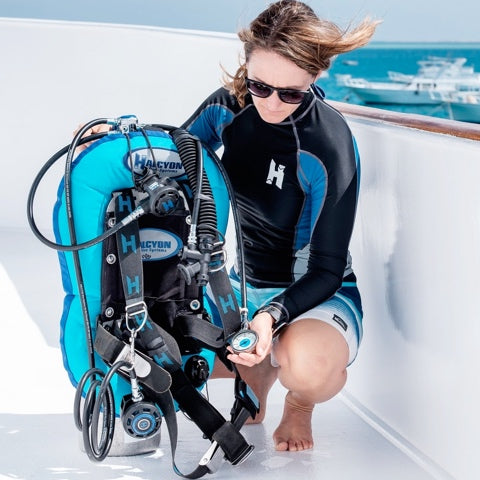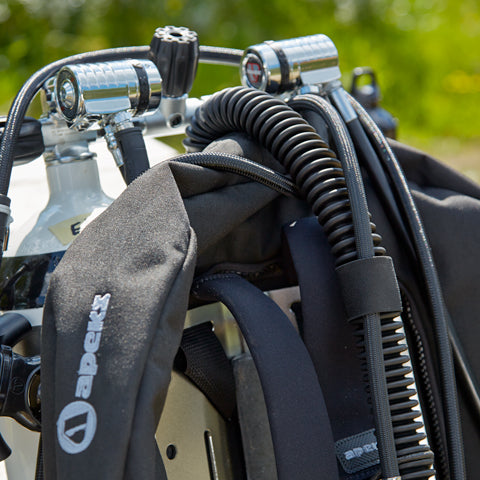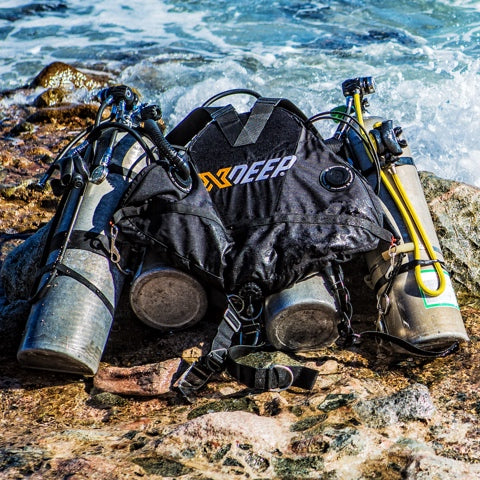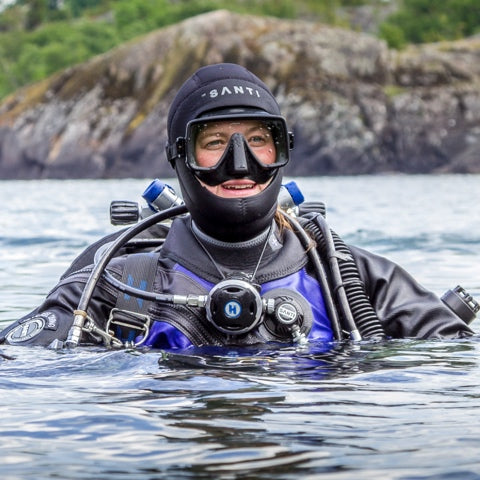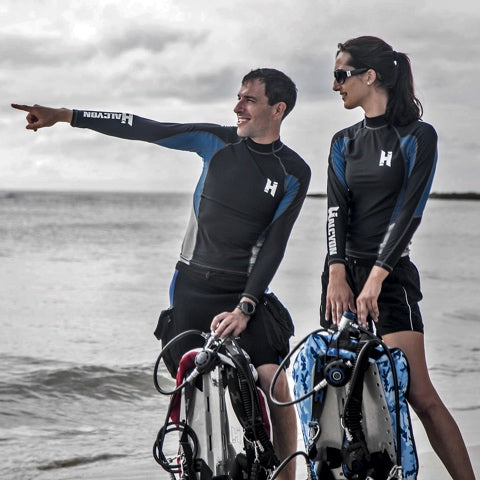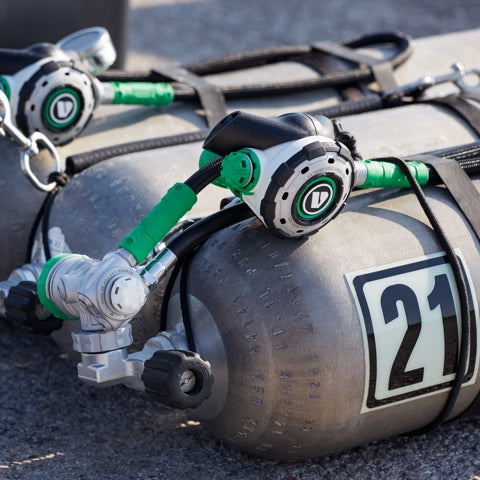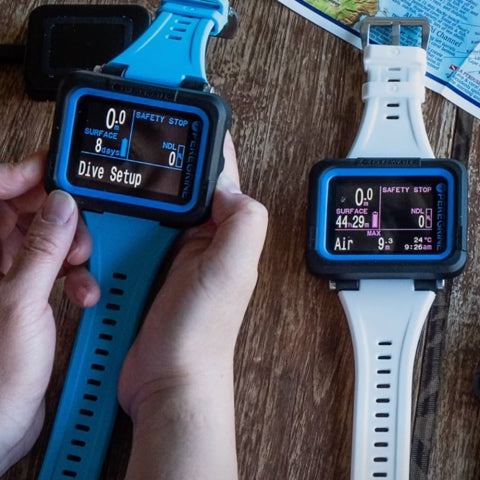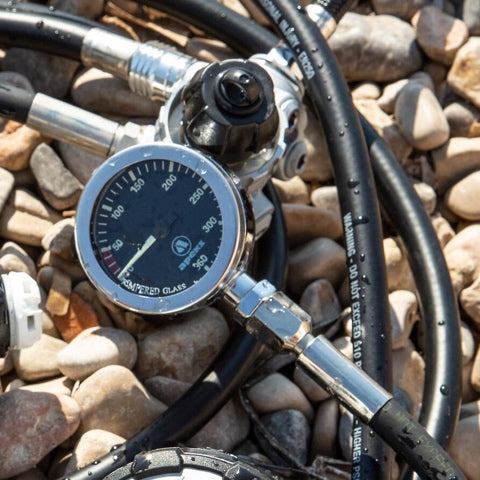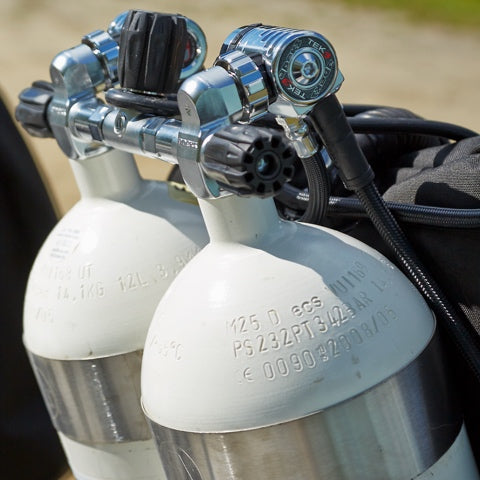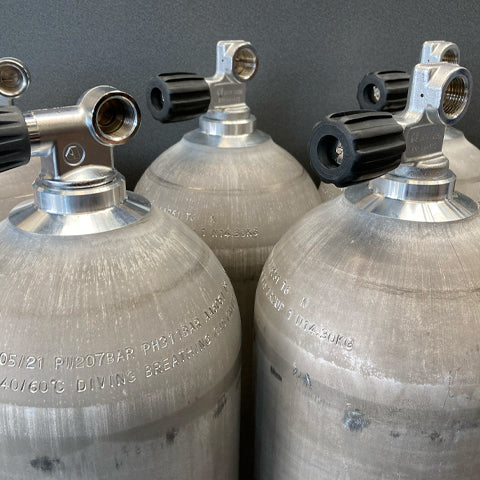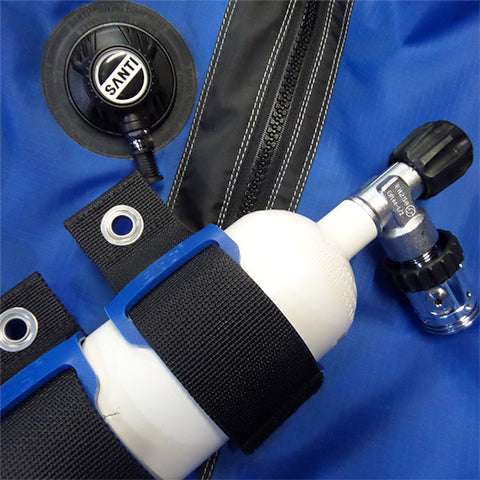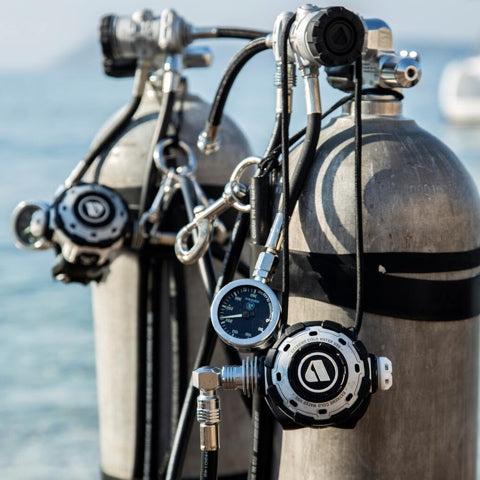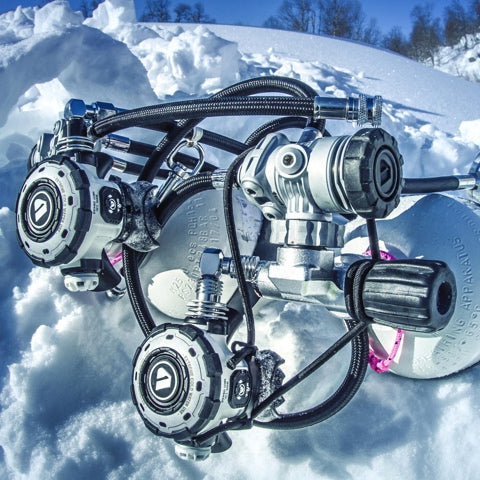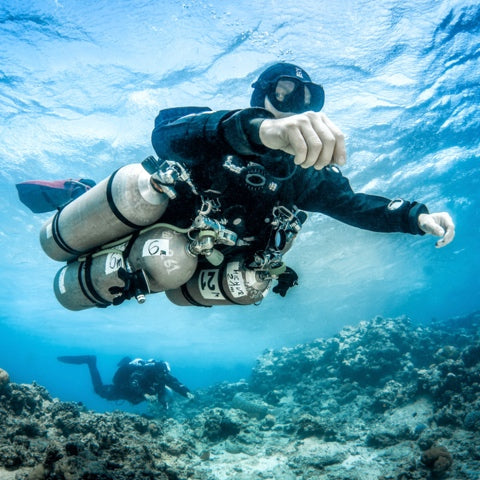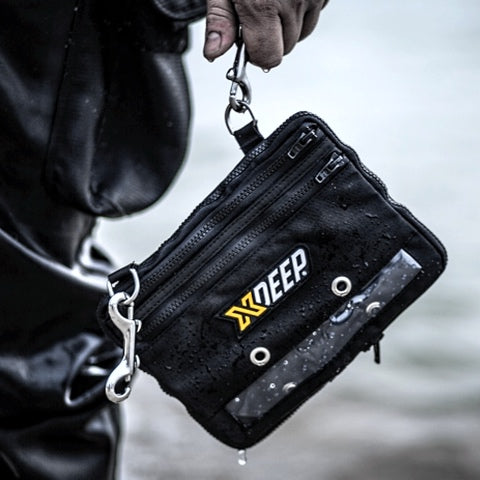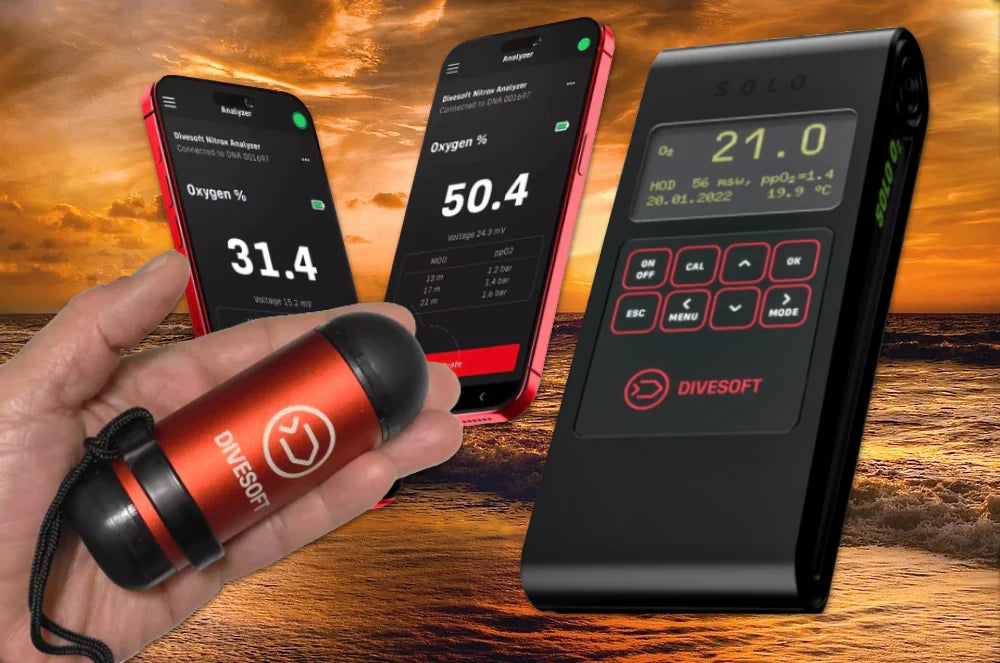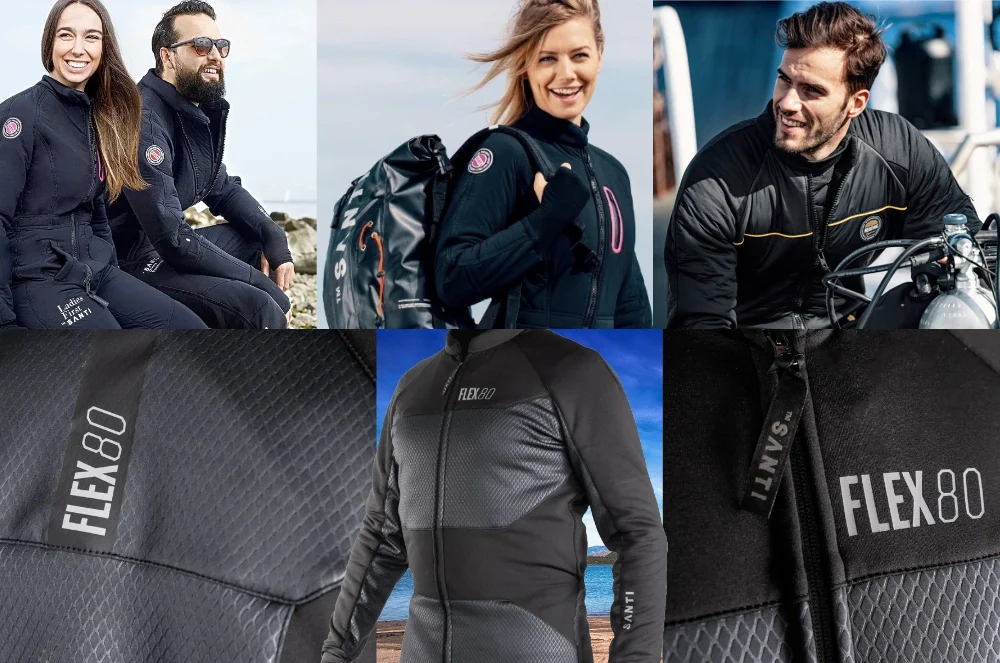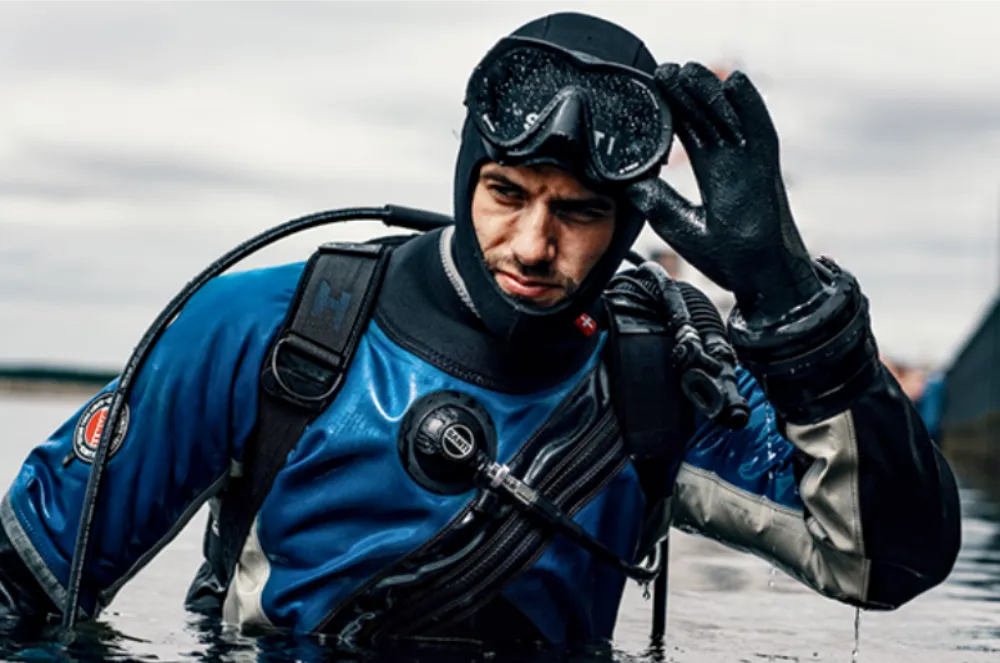Whenever asked, "What's the best SMB?" our first reply is that Size matters!
There's no "one type fits all" regarding SMBs other than that whatever brand or style one is, it has to be visible - after all, it is a Surface "Marker" Buoy.
Visible from the shore if using an SMB from the coast, visible to incoming boat traffic, whether near a beach or out at sea, and visible to a dive boat to maintain visual contact with the location of its divers.
In UK-type diving conditions, an SMB must be tall enough on the water surface, reasonably wide to be seen in choppy conditions or ocean swell, and from a reasonable distance.
Sea conditions and distance from the dive vessel or shore dictate the size needed.
Since more or less everyone agrees that an orange SMB is for regular use and the yellow is for emergencies, we'll skip that bit.
You already know there are a variety of SMBs out on the market, varying in size. Many of which we regularly keep in stock.
We'll skip the 3.3' SMBs like the one to the right as, in our view and that of many skippers, they are unsuitable for UK boat diving.
They are short and narrow, barely visible in waves and almost invisible from a distance.
This leaves us with the most common 6' and slightly shorter 4-4.5' marker buoys.
Those two more-or-less standard sizes apply to all types of sea diving.
So, what's the best SMB?
Once we agree that 4 to 6' (122-183cm) marker buoys are best for UK sea diving, we can select between different styles and functionality.
Main SMB Types
First off, there are two main types of marker buoys which we group under the initialism of SMB in this review:
-
Delayed surface marker buoys (DSMBs) are deployed towards the end of the dive to signal to the surface that the divers have started ascending and where they will surface.
- Surface marker buoys (SMBs) are towed for the whole dive and indicate the position of the dive group throughout the dive. Other SMBs include those used by free divers, snorkelers etc., towed behind.
With or without "dump valves"
SMBs with over-pressure dump valves will expel expanding air while reaching the surface and allow air to be manually released during an ascent or when needed; they are also helpful in emptying any water that may have entered the SMB on the surface. Then there are straight-forward SMBs without dump valves that can be folded relatively flat or rolled, low profile to carry.
Different methods of inflation
Another difference between SMBs is in inflation options and methods. In general, there are three ways to inflate an SMB that reflects on the design of the SMB:
- Using a regulator (purging air into an open bottom SMB)
- Using a Low-Pressure inflator hose (attached to a no-lock inflation tube)
- Orally inflating (breathing from regulator then blowing air into it)
Closed SMBs
The latter two are primarily part of the "closed SMB" design, meaning the bottom of the buoy is fully sealed, and the DSMB can be inflated by an LP inflation hose (whether from wing, drysuit, or side cylinder) attached to the no-lock nipple end of the one-way inflation tube that's an integral part of the SMB. As the feed is only one way (going into the SMB), these also allow for oral inflation.
One of our favourite SMBs for UK diving is the XDeep SMB 140cm Closed, which is very visible, can be inflated using a LP inflator hose or orally, and comes with an over-pressure dump valve.
Ingeniously, this closed SMB can be transformed into a makeshift Life Ring using a double-ended bolt snap.
Better still, it's made from Nylon 240 dTEX, a high-quality material made in the USA and specifically designed for use in maritime signalling equipment and life jackets.
The reflective strip uses 3M Scotchlite reflective tape, which carries a Solas maritime visibility certificate.
While most manufacturers use no-lock inflation nipples and plastic tubes attached to the SMB for inflation, allowing the nipple to be locked after inflation to avoid accidental leaks, these systems also require the LP hose end to be 'pushed in' for the airflow to start into the SMB. Halcyon's one-way inflation tube has no nipple lock and operates when the LP end meets the nipple. The whole of the unit is wrapped in heat shrink.
Halcyon SMB Inflation tube
XDeep, OMS, Hollis 'type' Inflation tubes


We only have one SMB that can (only) be inflated orally: the Halcyon 3.3' Oral Alert Marker.
Open Bottom & Hybrid SMBs
Our current arsenal has three types of “open bottom” DSMBs designed to be filled by purging a regulator (mouthpiece facing up) into the SMB once it is attached to a reel:
- Full open bottom
- Sealed open bottom
- Hybrid sealed open bottom
Before briefly going into these, it's worth asking if a diver wants to start purging a regulator downside up, whether primary, backup or octopus, underwater.
Full open-bottom SMBs are literally what the name says: Like a narrow, tall, upside-down plastic bag with a relatively larger opening to accommodate a regulator. They are compact and low profile but are prone to spill air if improperly filled. An SMB is of little use if it arrives on the surface flat...
Sealed open-bottom SMBs are also filled with a regulator but are self-sealing, largely preventing any air spillage as the 'bag' ascends. Obviously, by "filling", we mean filling the SMB proportionate to depth.
What we refer to as hybrid SMBs are the rare marker buoys that have a 3-in-1 functionality meaning they can be inflated by purging a regulator, attaching an LP hose and orally. While they are self-sealing with a flat weight on the bottom, the downside is the opening for the regulator mouthpiece is quite narrow so needs more care to avoid any entanglement.
Best SMBs for rebreather diving
Another question we get asked in-store is what the best SMB for rebreather diving is.
Indeed, you can't go off the loop and use a rebreather mouthpiece to purge gas into your main SMB. This leaves us with a limited number of inflation options:
- Using an SMB with a dedicated attached small cylinder,
- Using an LP hose for any closed SMB
- Using an air nozzle (blow gun)
- Using the 2nd stage of any side cylinder to blast bailout or decompression gas to get that buoy to the surface.
Let's put the third option to rest as no one really wants to waste breathing gas underwater.
We can't say the best SMB for rebreather diving as this depends on your preferred method of inflating the Surface Marker Buoy underwater.
One thing for sure is you don't really want to go off the loop of a rebreather to send up an SMB, so, other than size, the inflation method matters greatly.
As far as we're concerned and from shopping patterns and feedback, the most popular SMB among rebreather divers we serve is the AP Diving Self-Sealing SMB with a dedicated cylinder.
It takes only a twist to open the valve to launch without hassle or any external connections.
Admittedly, due to the attached cylinder, it is a bit bulky, but it works.
If bulk is an issue, we'd recommend any one of the taller closed or self-sealing SMBs mentioned above and listed online.
As you would likely know, we have a very well-stocked brick-and-mortar store based in Portland, Dorset: Underwater Explorers. If you're travelling to the area why not drop in and take a look at all the SMBs we have here, to help to decide which suits you. If you're not able to come to us, we do have a no-fuss online Returns Policy so long as any unwanted item is returned to us within 28 days of delivery in unused and as-new condition.


